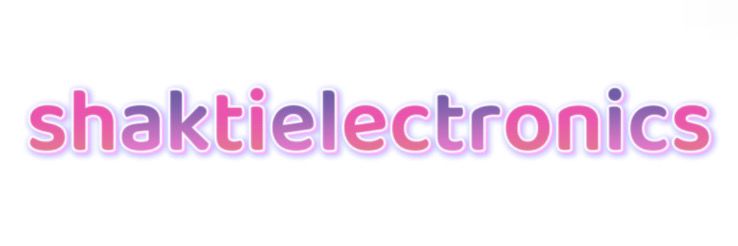Small Signal Diodes: Key Applications and Common FAQs Explained
Small signal diodes are essential components in various electronic circuits, serving critical roles in signal processing and modulation. Their unique characteristics allow them to handle low-level signals with great efficiency, making them indispensable in myriad applications.
For more small signal diodeinformation, please contact us. We will provide professional answers.
Key Applications of Small Signal Diodes
Small signal diodes are primarily used in applications involving switching, rectification, and voltage clamping. One of their most significant roles is in signal detection within radio frequency circuits. Here, they convert high-frequency signals into more manageable low-frequency signals, which can then be amplified or processed further.
Another prevalent application is in the realm of analog signal processing. Small signal diodes can be found in mixers, where they help combine or modulate different signals to produce new frequencies. This makes them vital in communication devices, such as smartphones and radios, where accurate signal representation is crucial.
Small signal diodes are also utilized in clamping circuits, where they protect sensitive components from voltage spikes. By allowing only a specific voltage level to pass through, they secure other circuit elements from potential damage caused by excessive current. This feature is particularly important in power supply circuits, ensuring stability and reliability.
Common FAQs About Small Signal Diodes
Many users have questions regarding the operation and specifications of small signal diodes. One common query is about the difference between small signal diodes and power diodes. Essentially, small signal diodes are designed to handle low current and voltage levels, typically up to 1A and 100V, while power diodes are built for high current and voltage applications.
Another frequently asked question pertains to the working principle of small signal diodes. These diodes operate primarily in two states: conducting and non-conducting. When forward-biased, they allow current to flow with minimal resistance. Conversely, when reverse-biased, they prevent current flow. This behavior is what makes them useful in various applications, including rectifiers and signal modulation.
Users also often wonder about the temperature coefficients of small signal diodes. The temperature coefficient indicates how the diode's forward voltage drop changes with temperature. Generally, small signal diodes have a relatively low temperature coefficient, allowing them to maintain consistent performance across different operating conditions.
Conclusion
In summary, small signal diodes play a crucial role in modern electronics by supporting low signal applications like rectification, switching, and clamping. Their design enables efficient handling of signals and protection of sensitive components, making them a staple in many devices. If you have further questions or need assistance regarding small signal diodes and their applications, don't hesitate to contact us. We would be more than happy to help you with all your diode-related inquiries.
Want more information on China Schottky diode low forward voltage Manufacturer? Feel free to contact us.
113
0
0

Comments
All Comments (0)